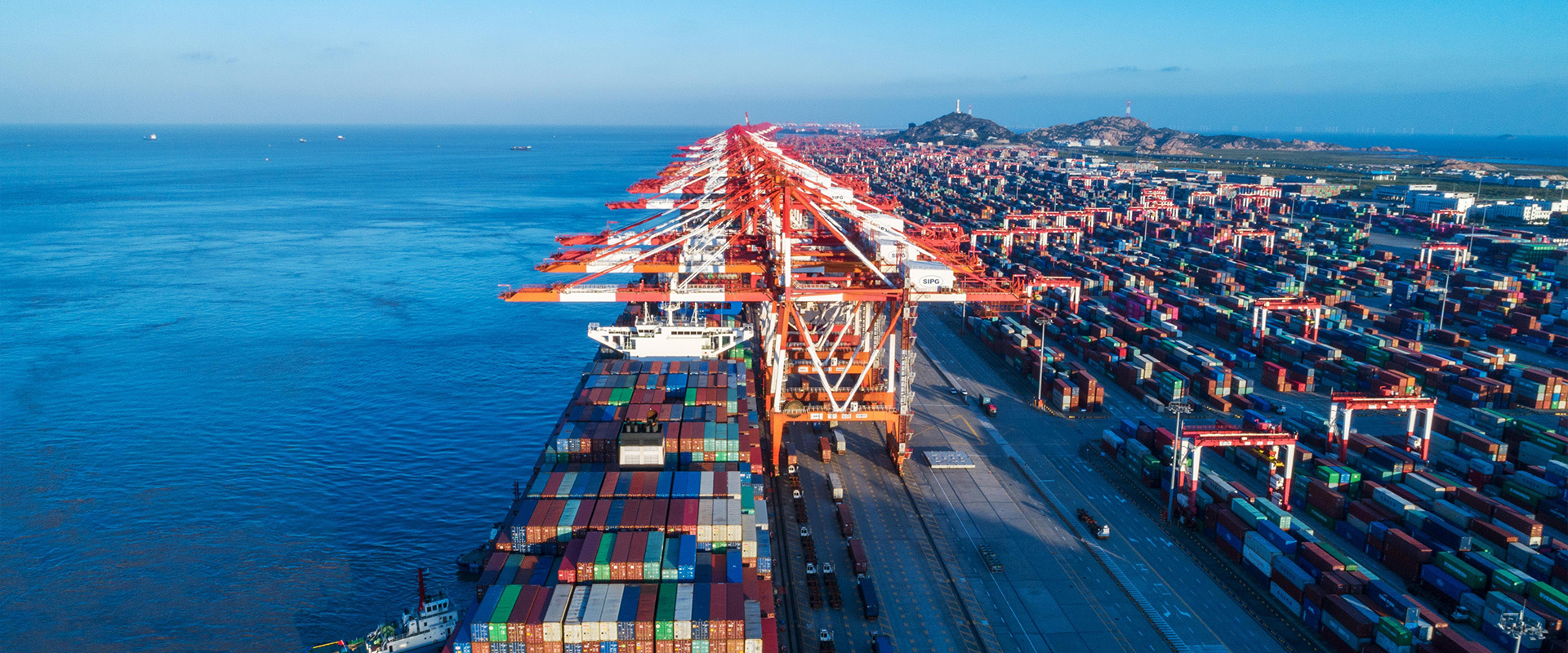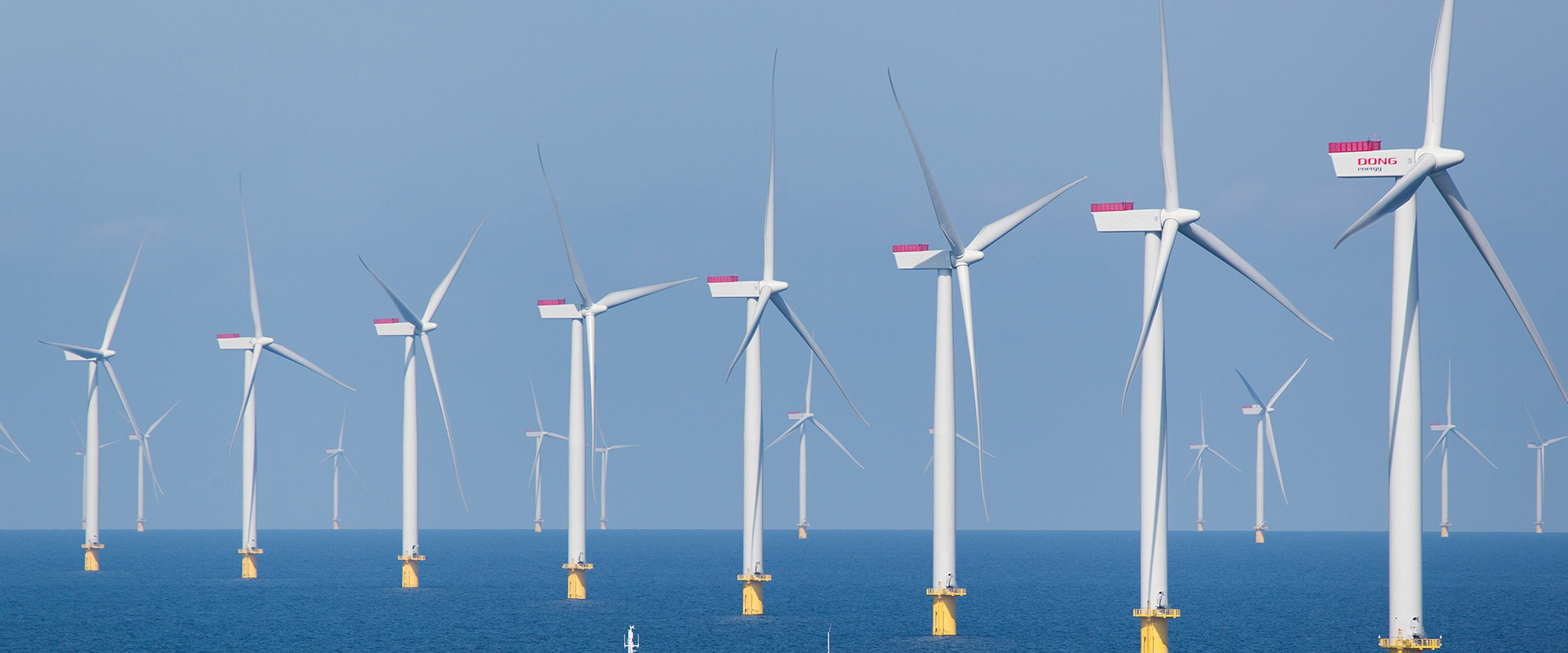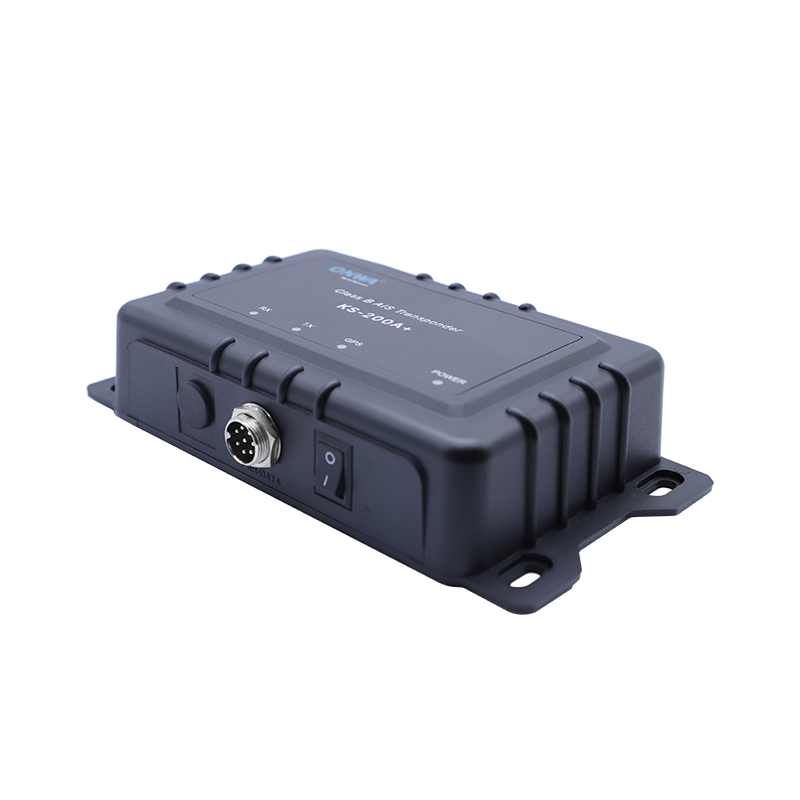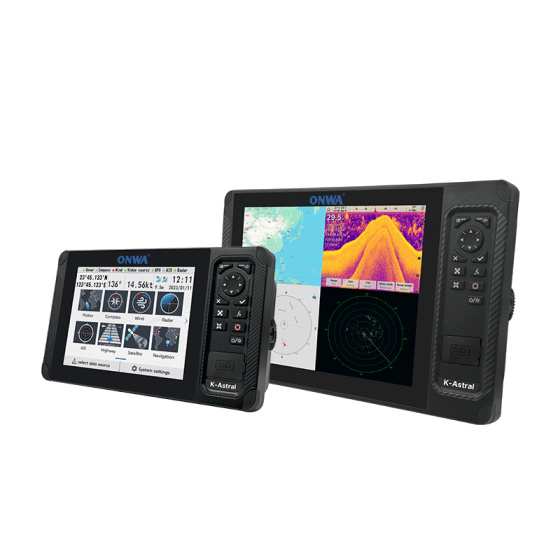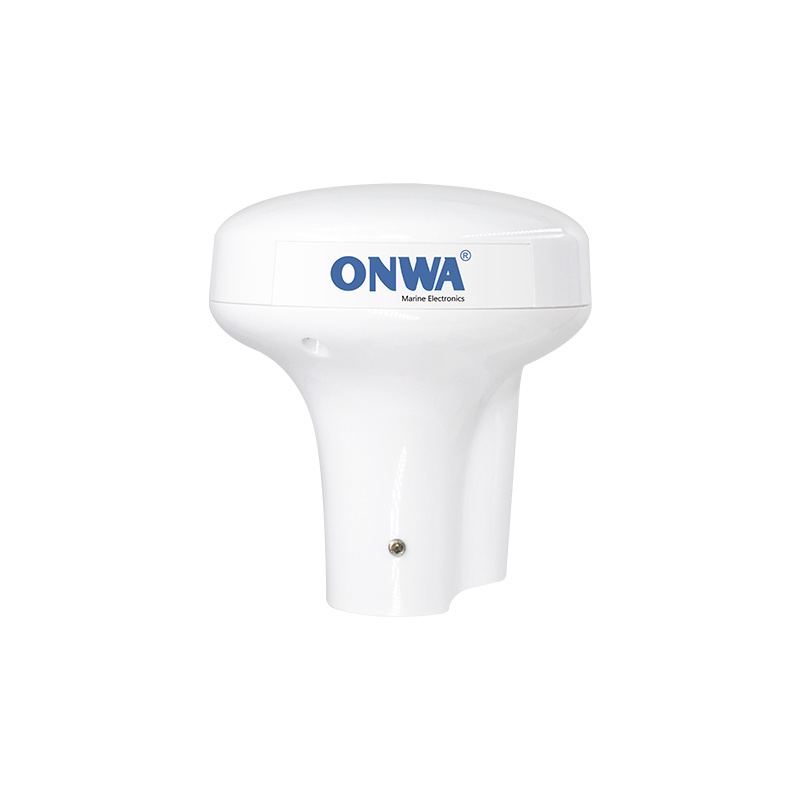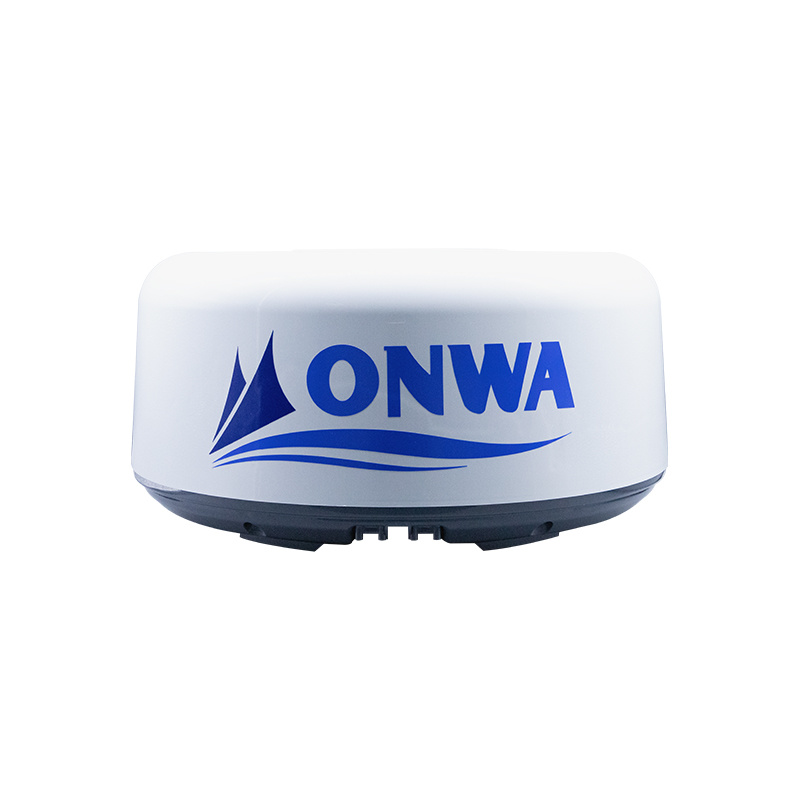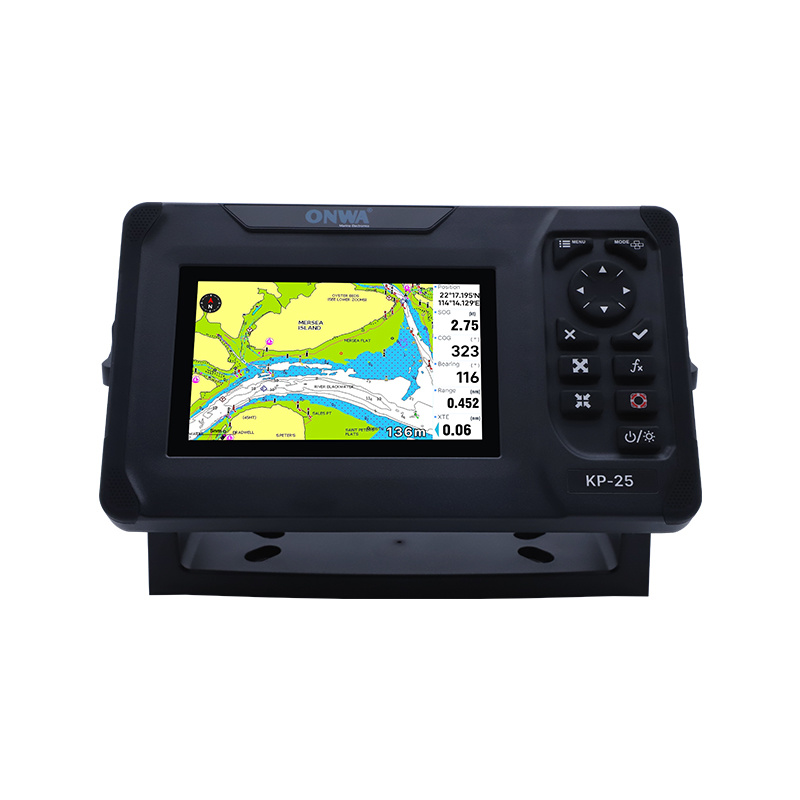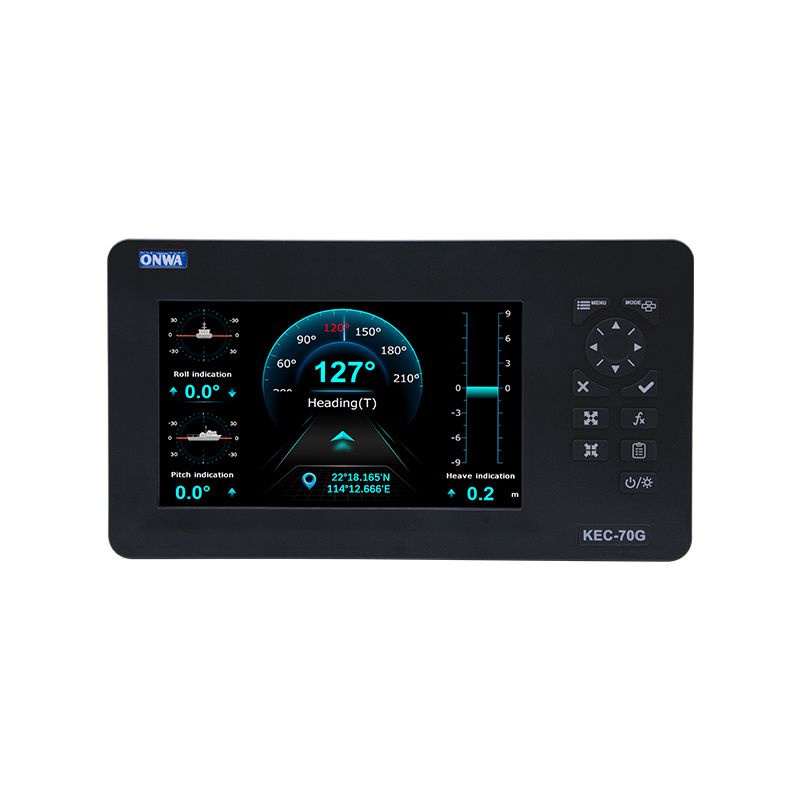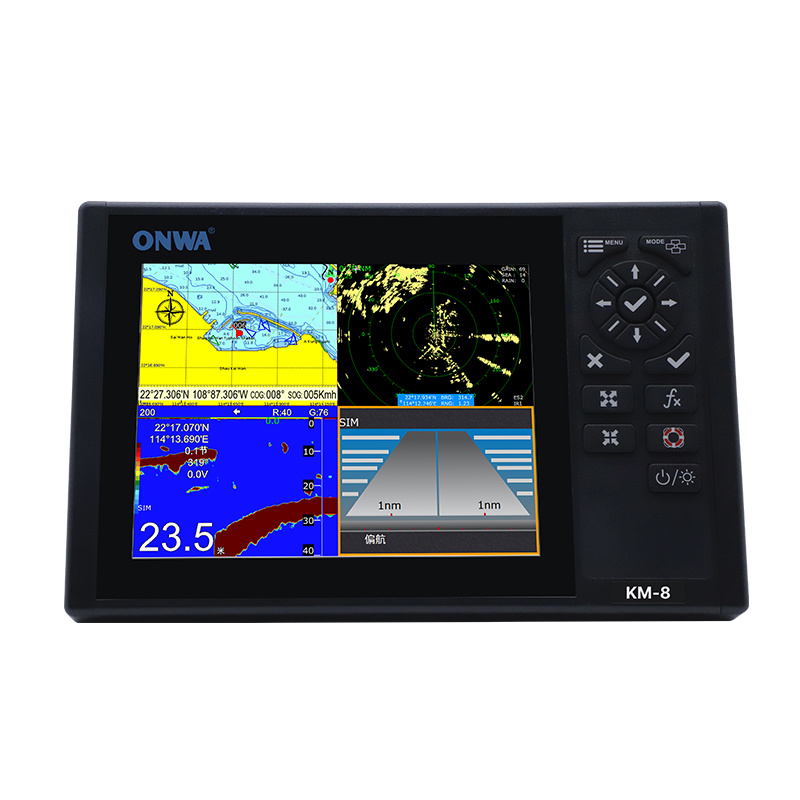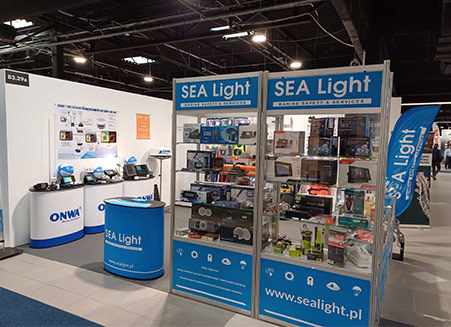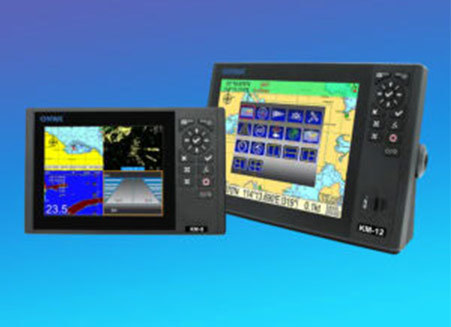Your Privacy Matters to Us
When you subscribe to our newsletter, we collect only the information you choose to provide—typically your email address. We use this information solely to:
- Send you updates about our products, services, and news
- Share special offers or event invitations
- Improve your experience with our content
How We Protect Your Data
Your information is securely stored and managed through Mailchimp, our trusted email platform. Mailchimp processes your data in compliance with their Privacy Policy.
We never sell, rent, or share your personal information with third parties for marketing purposes.
Your Control Over Your Data
You can unsubscribe anytime by clicking the “Unsubscribe” link at the bottom of any email.
You can also request to update or delete your information by contacting us at info@onwamarine.com.
Key Products
Explore ONWA Marine Electronics
Chart your course with precision and clarity.
Locate and track fish with incredible accuracy and speed.
Detect and avoid hazards instantly and effectively.
Ensure visibility and safety in every maritime journey.
Solution
Smarter Surveillance. Safer Waters.
From marine ranches to offshore wind farms, from bridges to remote islands—our system keeps every corner secure, 24/7
NEWS
The Arabian Peninsula has a long and colourful marine heritage, from artesian fishing to traditional Dhow racing, the region’s inhabitants have consistently maximised the social and economic benefits provided by the surrounding seas and waterways.
2024 – It was a very good year!
As we approach the end of 2024, the entire Onwa team would like to thank all of our loyal dealers and distributors for your ongoing and unwavering support.
As we approach the end of 2024, the entire Onwa team would like to thank all of our loyal dealers and distributors for your ongoing and unwavering support.
Onwa, a growing force in the global marine electronics industry, is excited to report a highly successful showing at the recent Marine Equipment Trade Show in Amsterdam. This annual event showcases cutting-edge innovations and industry collaboration, attracting top-tier professionals and businesses from around the world.
Meet the Onwa Team at METS 2024: Explore New Marine Electronics
As we approach the end of 2024, the entire Onwa team would like to thank all of our loyal dealers and distributors for your ongoing and unwavering support.
Discover the precision and reliability of the ONWA KM Marine Chartplotter
As we approach the end of 2024, the entire Onwa team would like to thank all of our loyal dealers and distributors for your ongoing and unwavering support.







